No matter what season you’re in, routine maintenance of your HVAC system ensures year-round benefits. To make sure you beat the chill and enjoy a cozy, warm home this winter, take the time to tune up your heating, ventilation, and air conditioning system.
Test Your Furnace
No matter where your furnace is located — in the attic, garage, or closet — conduct a thorough visual inspection before the winter. Make sure there’s no debris blocking your vents, or critters resting in the flue. Afterwards, test your furnace to ensure it’s functional. No one wants to learn their furnace is broken on a frigid winter day.
When you test your furnace, take the time to clear out any clutter surrounding the unit. Any obstructions around your furnace will reduce airflow, putting stress on the system and reducing its effectiveness. To ensure a minimum 3-foot clearance around the entire unit, try setting a “no clutter zone” by using a custom tarp.
Change the Air Filters

Every three to four months, make sure to change your filters to keep your system clear of dust or debris. A blocked filter can decrease the efficiency of your system; so keeping a clean filter will save money on your bill and keep your system running smoothly for years to come.
Cover the AC Condenser
Unless your HVAC is a heat pump system, you will need to keep your AC condenser safe from the snow, falling icicles, and strong gusts of air. One easy solution is to cover your condenser with a robust sectional cover, keeping it safe until the summer. Alternatively, you can use a custom tarp to sheath your entire unit from winter’s wrath.
Clean the Heat Exchanger
To optimize the heating efficiency of your furnace, brush or vacuum out your furnace’s heat exchanger annually. Keeping your heat exchanger pristine is important, as even a small amount of soot forces your gas furnace to work harder, sending your energy bill sky high.
Keep Safe from Carbon Monoxide

While you’re looking into your heat exchanger, keep an eye out for any cracks. All gas appliances carry the risk of leaking Carbon Monoxide. Carbon Monoxide is a gas that is the byproduct of combustion, that when breathed in can poison you and your family.
To keep everyone safe from this winter, inspect all gas appliances for potential leaks, and install and test carbon monoxide detectors throughout the home. Since smoke brings the same deadly smog, don’t forget to check your chimneys for cracks as well. While you’re at it, you can take the time for these simple steps to get your chimney ready for winter.
Lubricate & Clean the Blower Motor
Your HVAC’s blower draws in warm air through the main section of the unit. The more efficiently it moves air, the more efficient your system will be. Therefore, make sure to clean your blower’s motor from any grime or buildup, and if needed, provide lubrication.
Most blower motors are permanently lubricated, with the motor sealed in by the manufacturer. However, some are only covered with oil ports, and require annual lubrication. If your blower needs lubrication, apply two to three drops of 10-weight non-detergent motor oil to each port for peak efficiency.
Protect Outdoor Unit

The outdoor unit of your HVAC system houses the fan, providing airflow, and a compressor that converts refrigerant from a gas to liquid form, chilling coils that cool the air that passes through. To make sure the winter weather doesn’t stop a breezy summer, protect your outdoor unit with a set of robust, waterproof sectional covers. A custom cover will not only protect your equipment from inclement weather but add an aesthetic flair to your home through the whole winter season.
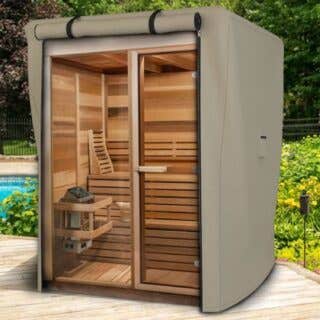





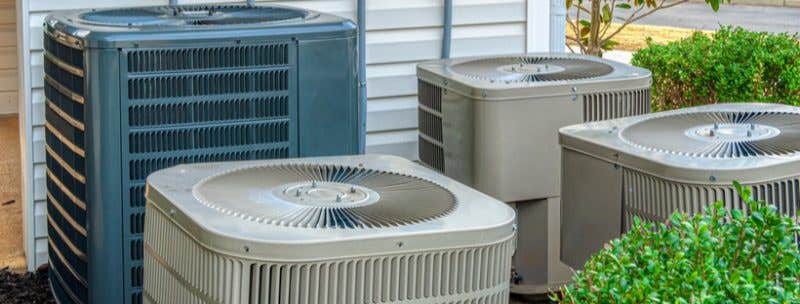
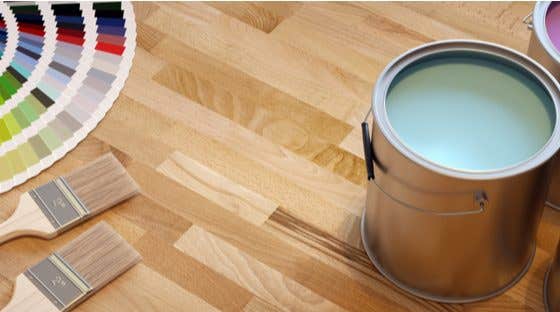
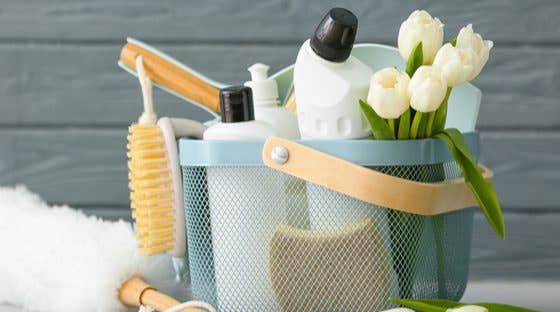
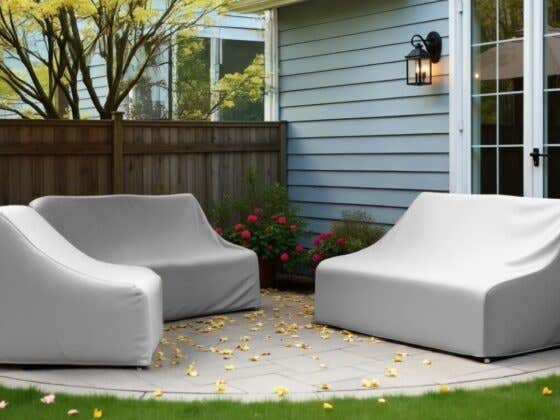
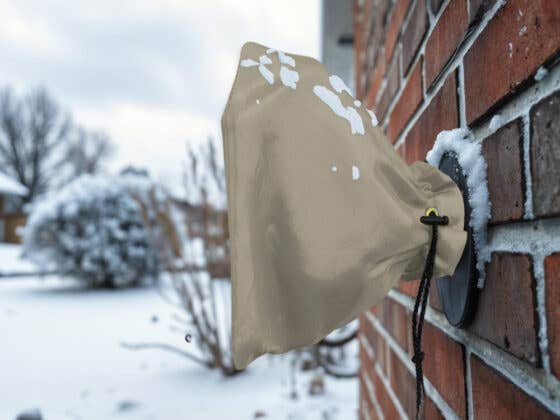
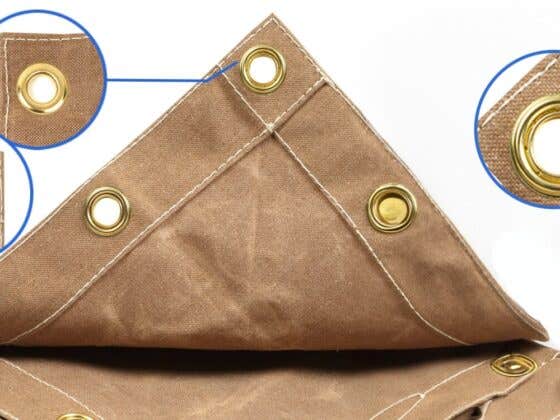


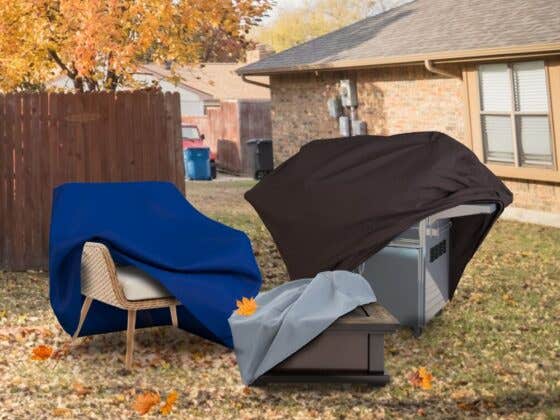
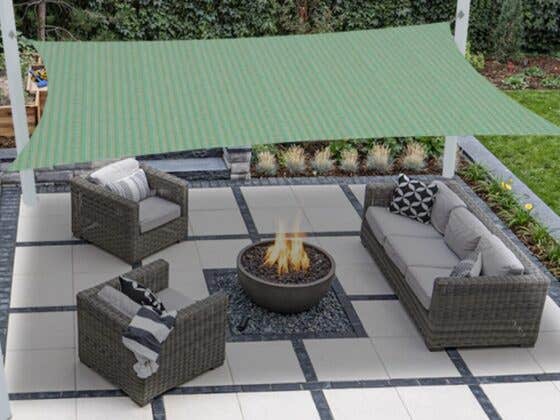

Recent Comments